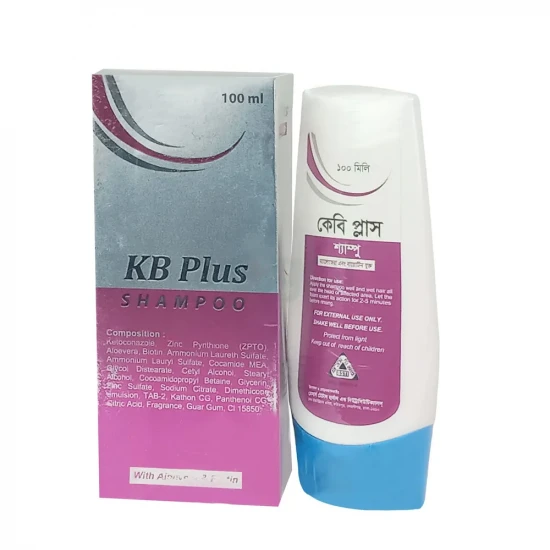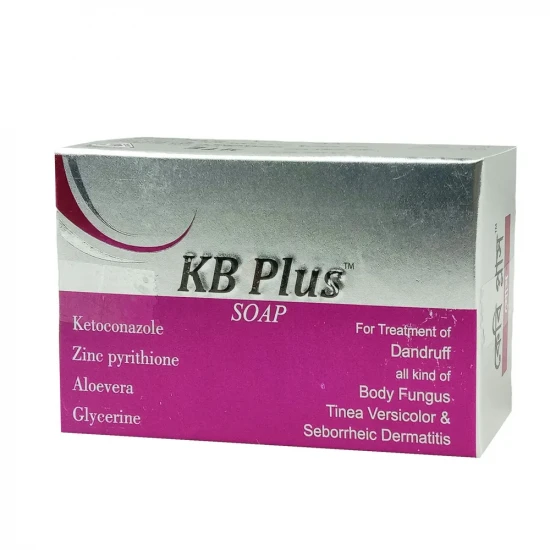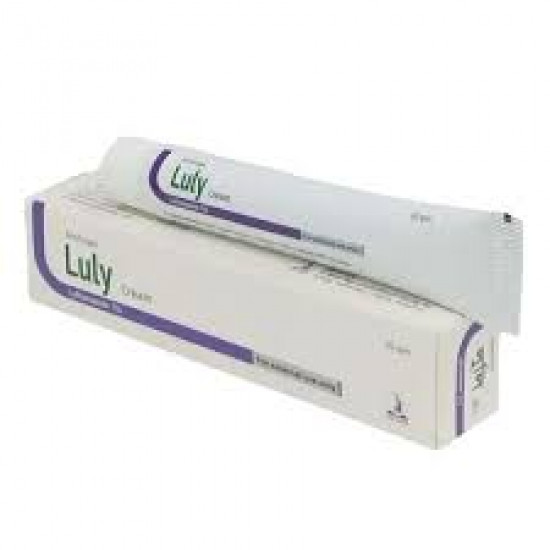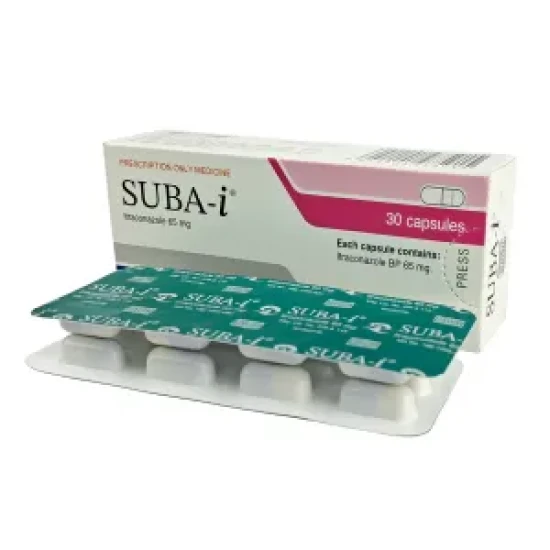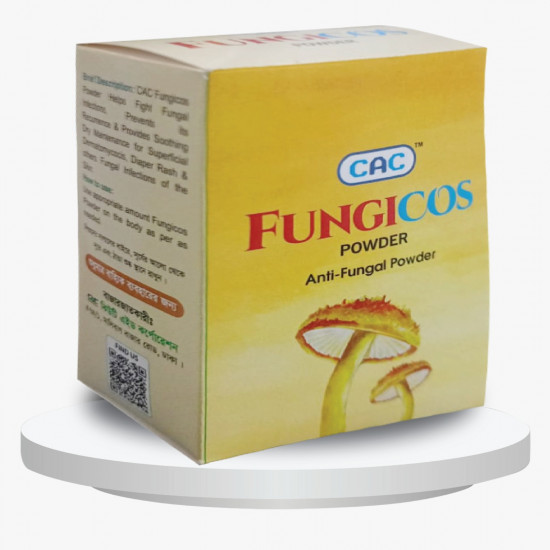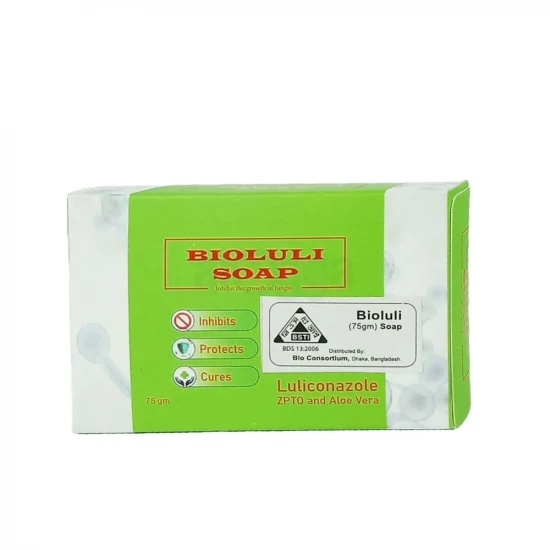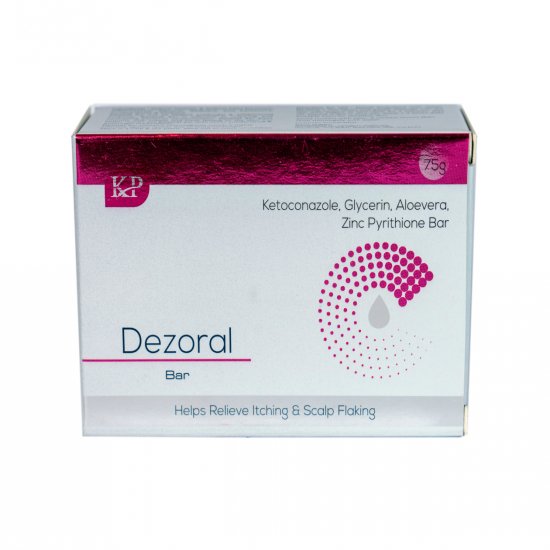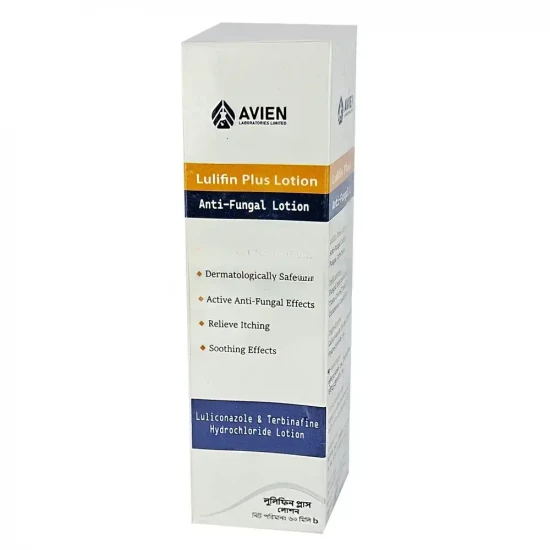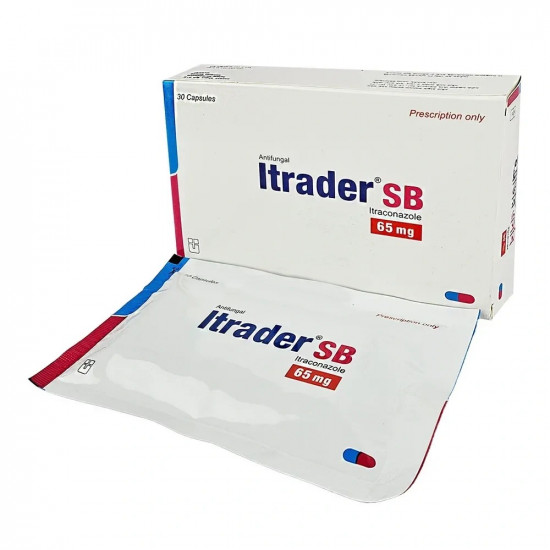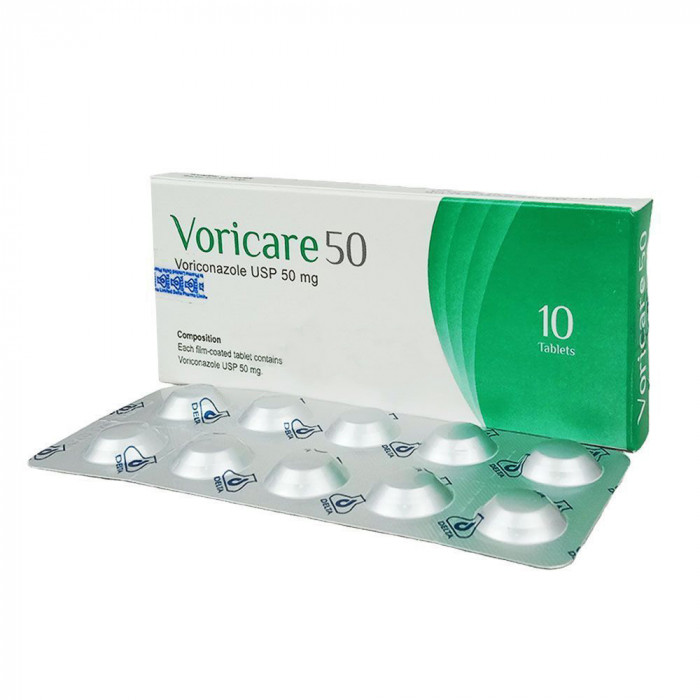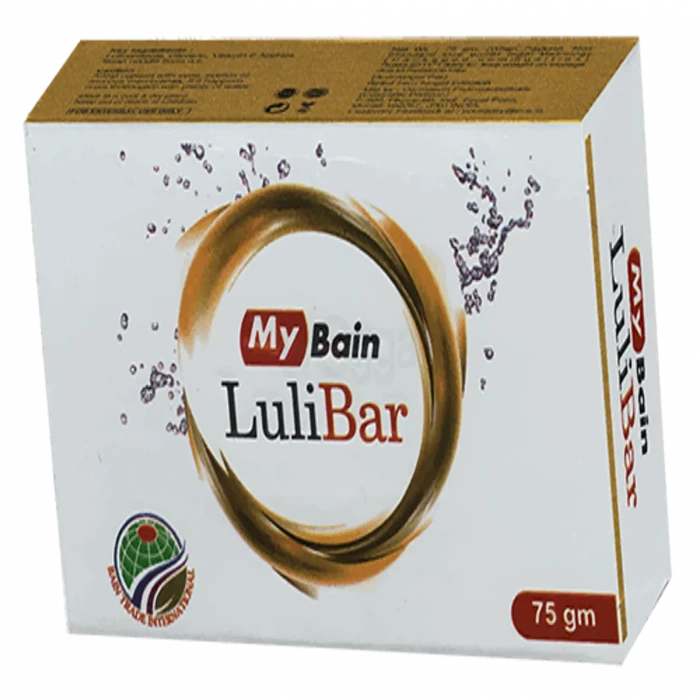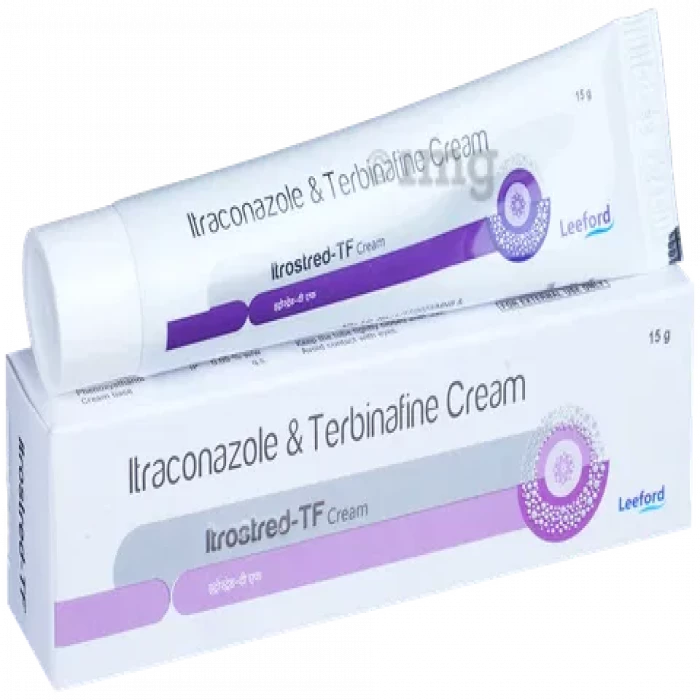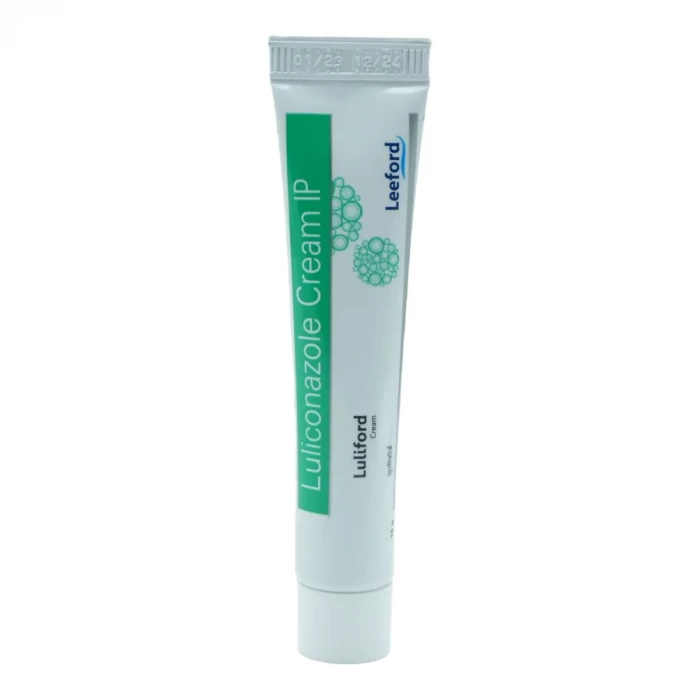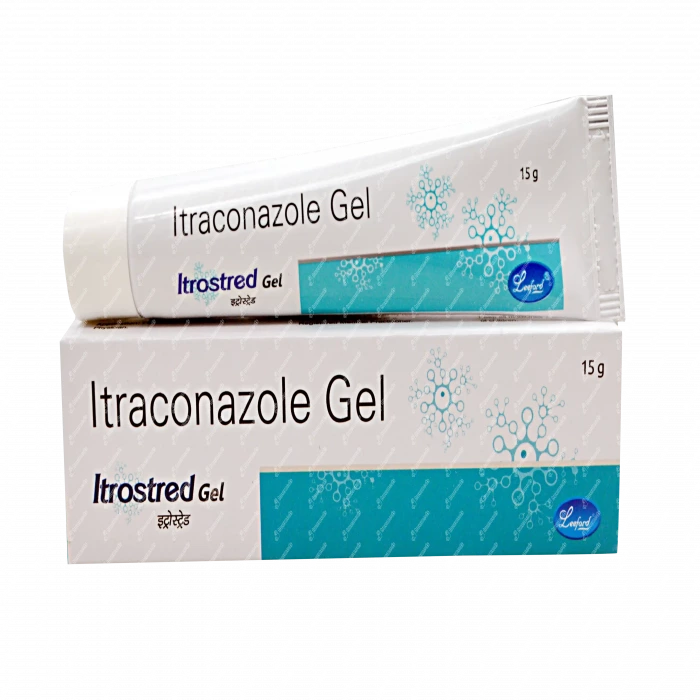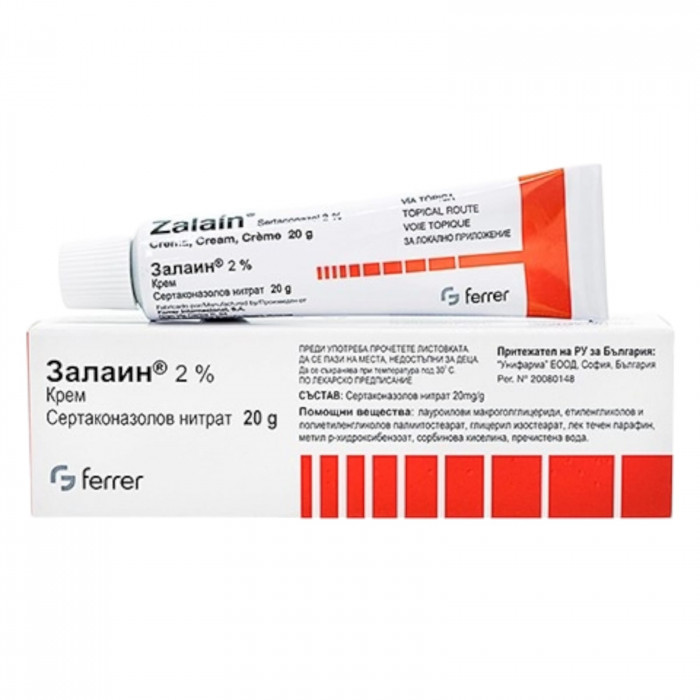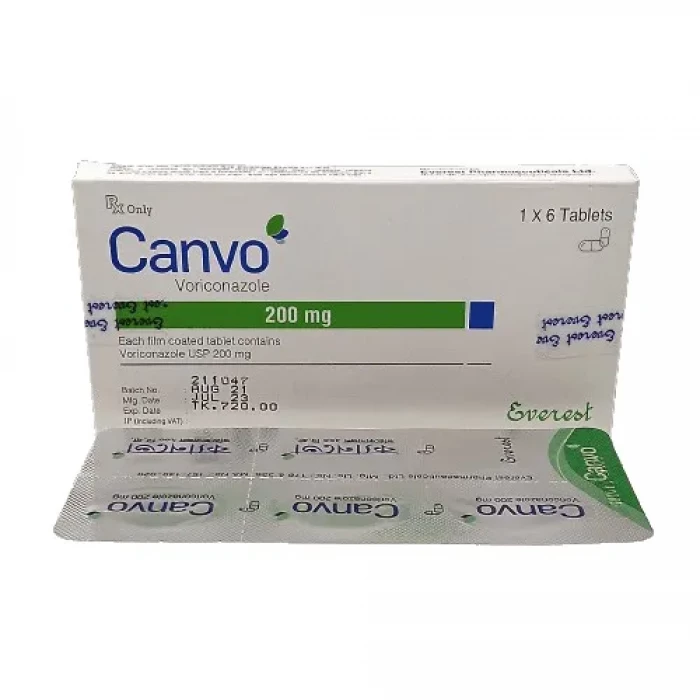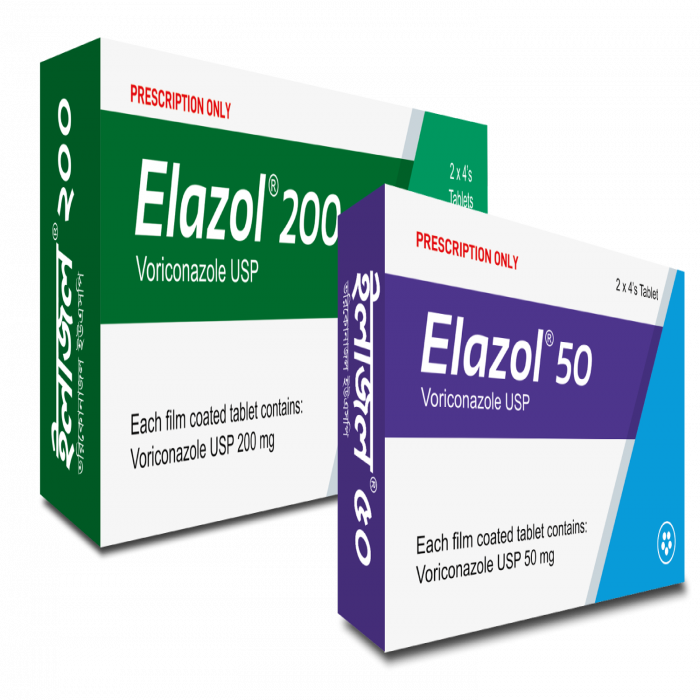
✔ 100% Authentic Product
👁️ Currently Viewing 1640
✅ Description:
Elazol 50 belongs to a group of medicines called antifungals. It works by stopping the growth of fungus and is used to treat a wide range of fungal infection. It kills fungi by destroying the fungal cell membrane. Elazol 50 should be taken in the dose and duration as prescribed by your doctor. It should be swallowed whole. It should be taken one hour before or one hour after a meal. The dosage and length of treatment will depend on the condition you are being treated for. Sometimes this will be in cycles of use and non-use. To get the most benefit, take this medicine at evenly spaced times and continue using it until your prescription is finished, even if your symptoms disappear after a few days. If you stop treatment too early, the infection may return and if you miss doses you can increase your risk of infections that are resistant to further treatment. Tell your doctor if the infection does not get better or if it gets worse. The most common side effects of this medicine include rash, vomiting, nausea, and headache. These are not usually serious, but you should call your doctor if you think you might have a severe allergic reaction. Signs of this include rash, swelling of the lips, throat or face, swallowing or breathing problems, feeling dizzy or faint and nausea. Get emergency help if this happens. Do not take it if you are pregnant or could become pregnant unless your doctor has told you to. Talk to your doctor before taking it if you have ever had heart failure, a weak immune system (including HIV/AIDS), kidney problems or liver problems such as yellow skin (jaundice). This medicine may not be suitable for you. If your course of treatment is for more than a month, your doctor may want to check your liver by testing your blood. This medicine may make you dizzy or have blurred vision so do not drive or operate machines until it is safe.
Uses of Elazol 50
- Severe fungal infections
Side effects of Elazol 50
Common
- Abnormal liver function tests
- Hallucination
- Slow heart rate
- Altered vision
- Headache
- Nausea
- Rash
- Vomiting
How to use Elazol 50
Take this medicine in the dose and duration as advised by your doctor. Swallow it as a whole. Do not chew, crush or break it. Elazol 50 is to be taken empty stomach.
How Elazol 50 works
Elazol 50 is an antifungal medication. It kills and stops the growth of the fungi by destroying its cell membrane, thereby treating your skin infection.

Quick Tips
- Your doctor has prescribed Elazol 50 to cure your infection and improve symptoms.
- Do not skip any doses and finish the full course of treatment even if you feel better.
- It should be taken one hour before or one hour after a meal.
- Do not take indigestion remedies (antacids) within two hours of taking Elazol 50.
- Your doctor may check your liver function before starting treatment and regularly thereafter. Inform your doctor if you notice yellowing of eyes or skin, dark urine, or stomach pain.
- Inform your doctor if you are pregnant, planning pregnancy or breastfeeding.

Brief Description
Indication
Candidemia, Deep tissue Candida infections, Invasive aspergillosis, Scedosporiosis and Fusariosis
Administration
Should be taken on an empty stomach. Take at least 1 hr before or after meals. Infuse IV over 1-2 hr, not to exceed 3 mg/kg/hr
Adult Dose
Adult Invasive Aspergillosis, Candidemia, Serious Fungal Infections 6 mg/kg IV q12hr for first 24 hours, then 4 mg/kg IV q12hr or 200 mg PO q12hr Esophageal Candidiasis Candida albicans, Candida glabrata, Candida krusei 200 mg PO q12hr Hepatic impairment: Mild to moderate (Child-Pugh category A and B): Standard loading dose but maintenance doses should be reduced by 50%.
Child Dose
<12 years: Safety and efficacy not established Child >12 years Invasive Aspergillosis, Candidemia, Serious Fungal Infections 6 mg/kg IV q12hr for first 24 hours, then 4 mg/kg IV q12hr or 200 mg PO q12hr Esophageal Candidiasis Candida albicans, Candida glabrata, Candida krusei 200 mg PO q12hr
Contraindication
Hypersensitivity. Co-admin w/ CYP3A4 substrates, terfenadine, astemizole, cisapride, pimozide, quinidine, rifampicin, carbamazepine, long-acting barbiturates (e.g. phenobarbital, mephobarbital), ergot alkaloids (e.g. ergotamine and dihydroergotamine), efavirenz (≥400 mg once daily), ritonavir (≥400 mg bid), sirolimus, rifabutin, St John's wort.
Mode of Action
Voriconazole is a triazole antifungal agent which inhibits cytochrome P450-dependent enzymes thereby inhibiting ergosterol synthesis in fungal cell membranes. It has a broad spectrum of activity against all Candida spp. including strains resistant to fluconazole), Aspergillus spp., Scedosporium spp., and Fusarium spp.
Precaution
Patient w/ potentially proarrhythmic conditions, risk for acute pancreatitis. Correct electrolyte disturbances e.g. hypokalaemia, hypomagnesaemia and hypocalcaemia prior to treatment. Hepatic and renal impairment. Pregnancy and lactation. Patient Counselling May impair ability to drive or operate machinery. Avoid intense or prolonged exposure to direct sunlight. Monitoring Parameters Monitor hepatic (prior and during treatment) and renal (during treatment) function, serum electrolytes, visual and pancreatic function. Lactation: Not known if excreted in breast milk, a decision should be made whether to discontinue nursing or drug; weigh risk/benefit
Side Effect
>10% Visual changes (photophobia, color changes, increased or decreased visual acuity, or blurred vision occur in 21%) 1-10% Tachycardia,Hypertension,Hypotension,Vasodilation,Peripheral edema,Fever,Chills,Headache,Hallucinations,Dizziness,Rash,Pruritus,Photosensitizing skin reactions,Hypokalemia,Hypomagnesemia,Nausea,Vomiting,Abdominal pain,Diarrhea,Xerostomia,Thrombocytopenia,Alkaline phosphatase increased,Serum transaminases increased, ALT/AST increased,Cholestatic jaundice,ARF
Interaction
Increased prothrombin time w/ oral anticoagulants. May increase plasma concentrations of ciclosporin and tacrolimus, long-acting opiates (e.g. oxycodone, methadone), NSAIDs (e.g. ibuprofen, diclofenac), omeprazole, short-acting opiates (e.g. alfentanil, fentanyl). Decreased voriconazole plasma concentration and increased phenytoin plasma concentrations when used concomitantly. May increase plasma concentration w/ oral contraceptives. Potentially Fatal: May increase risk of QT prolongation or torsades de pointes w/ astemizole, cisapride, pimozide, quinidine and terfenadine. May increase risk of ergotism w/ ergot alkaloids (e.g. ergotamine and dihydroergotamine). May significantly increase plasma concentrations of sirolimus. Decreased plasma concentrations w/ rifampicin, carbamazepine, long-acting barbiturates (e.g. phenobarbital, mephobarbital), efavirenz (?400 mg once daily), ritonavir (?400 mg bid). Concomitant use may significantly increase rifabutin and decrease voriconazole plasma concentration.
⚠️Disclaimer:
At ePharma, we’re committed to providing accurate and accessible health information. However, all content is intended for informational purposes only and should not replace medical advice from a qualified physician. Please consult your healthcare provider for personalized guidance. We aim to support, not substitute, the doctor-patient relationship.




